In a world where paradise often hides in plain sight, Nauru emerges as a jewel waiting to be discovered. Far from the mainstream tourist trail, this Pacific gem beckons intrepid travelers with its untold stories, breathtaking landscapes, and a cultural tapestry woven with resilience. Join us on an immersive journey as we unveil the secrets of Nauru, a destination transcending its phosphate legacy, and explore the depths of this often-overlooked island paradise.
Geographical and Historical Details:
Geographical Insights:
Location: Nauru is a small island country situated in Micronesia, in the Central Pacific Ocean. It is located approximately 42 kilometers south of the Equator. Despite its small size, Nauru is a standalone island, not part of any archipelago.
Terrain: The island’s topography is characterized by a central plateau surrounded by a narrow coastal plain. Coral cliffs encircle the island, forming a dramatic coastline. Nauru’s landscape showcases a mix of rugged terrains, lush vegetation, and picturesque beaches.
Climate: Nauru experiences a tropical climate, with temperatures consistently ranging between 25 to 35 degrees Celsius (77 to 95 degrees Fahrenheit) year-round. The island is susceptible to occasional cyclones, particularly during the wet season from November to February.
Historical Insights:
Economy Over-view:
- Phosphate Mining Boom: Nauru gained international attention in the late 19th century due to its rich phosphate deposits. This valuable resource attracted European powers, leading to the establishment of mining operations by Germany, the United Kingdom, and Australia. Phosphate mining became the backbone of Nauru’s economy, contributing significantly to its prosperity.
- World War II: During World War II, Nauru was occupied by Japanese forces, which brought hardships to the local population. After the war, the island came under the trusteeship of the United Nations and later gained independence in 1968.
Cultural Heritage:
- Language and Religion: The official language of Nauru is Nauruan, while English is widely spoken. The predominant religion is Christianity, with a mix of Protestant and Roman Catholic denominations.
- Traditional Practices: Nauruans have a rich cultural heritage that includes traditional dances, storytelling, and artistic expressions. The “Bwiigu” dance is a notable cultural performance, symbolizing the island’s connection to the ocean and its marine life.
Present-Day Nauru:
- Economic Challenges: Despite its historical prosperity, Nauru faces economic challenges today. The depletion of phosphate reserves, mismanagement of funds, and economic dependence on a few sectors have contributed to financial difficulties.
- Environmental Concerns: The environmental impact of extensive phosphate mining is visible on the island. Large areas are scarred, and rehabilitation efforts have been challenging. Rising sea levels due to climate change pose a threat to Nauru’s existence, highlighting the vulnerability of low-lying island nations.
- Political Landscape: Nauru operates as a democratic republic, with a parliamentary system. The island has faced political instability, with changes in leadership and occasional governance issues.
Resilient Nauruans:
- Cultural Resilience: Despite the challenges, the Nauruan people exhibit resilience through the preservation of their cultural identity. Traditional practices, such as storytelling and dances, continue to be an integral part of daily life.
- International Relations: Nauru has actively engaged in international forums, advocating for the rights and concerns of small island nations. The island has participated in discussions on climate change, emphasizing the urgent need for global action.
Exploring the Must-Visit Tourist Destinations in Nauru
1. Buada Lagoon
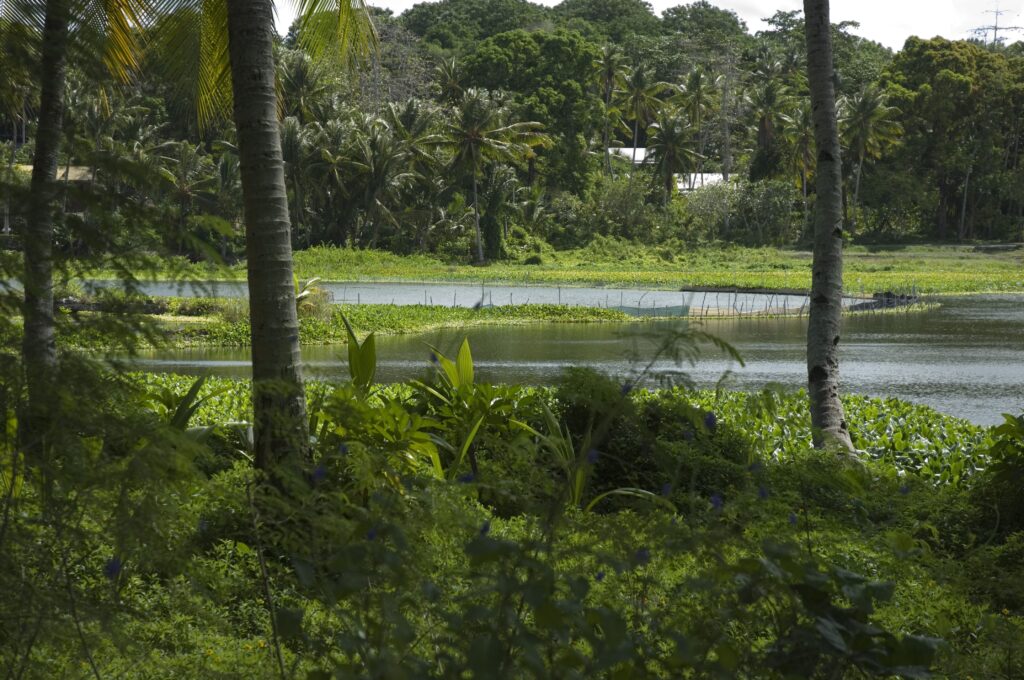
Buada Lagoon is a hidden oasis in the heart of Nauru, surrounded by dense vegetation. This freshwater lagoon is a haven for birdwatchers and nature enthusiasts. Its calm waters, vibrant greenery, and the chorus of birdlife create a peaceful retreat away from the island’s coastline.
How to get there:
- Public Transport: From Yaren, catch the Buada District bus, a 20-minute journey.
- Private Transport: Taxis are readily available, offering a more flexible and direct option for travel.
Transportation Cost:
- Public Bus: Approximately $2 USD per person.
- Taxi: Around $10 to $15 USD, depending on negotiation.
Must-Do Activities:
- Take a leisurely stroll around the lagoon.
- Engage in birdwatching for the diverse avian species.
- Pack a picnic and enjoy the serene atmosphere.
Entrance Fee: None
2. Anibare Bay
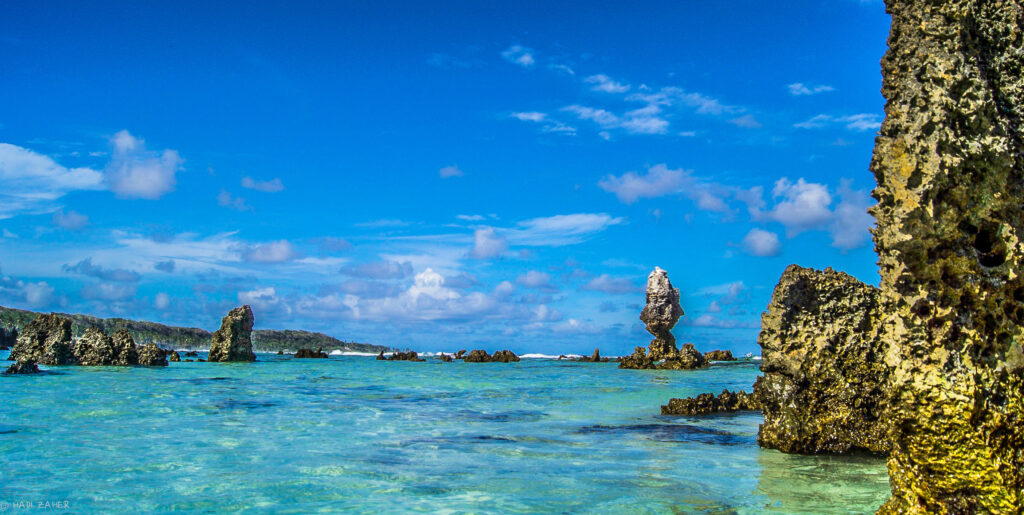
Anibare Bay, situated on the eastern coast, presents visitors with a postcard-perfect scene of white sandy beaches and azure waters. This is a haven for beach lovers, offering opportunities for swimming, snorkeling, and simply basking in the beauty of the Pacific Ocean.
How to get there:
- Public Transport: Take a bus from Yaren to Anibare, a 30-minute journey.
- Private Transport: Taxis provide a more personalized journey.
Transportation Cost:
- Public Bus: Around $3 USD per person.
- Taxi: Approximately $15 to $20 USD, depending on negotiation.
Must-Do Activities:
- Swim and snorkel in the pristine waters.
- Enjoy a beachside picnic.
- Catch breathtaking sunrise or sunset views.
Entrance Fee: None
3. Command Ridge
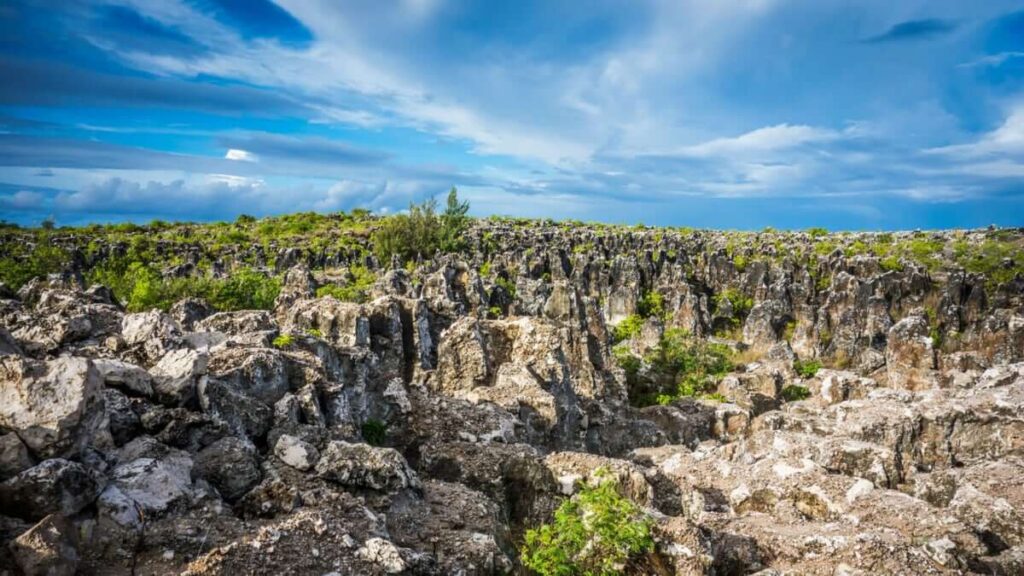
Command Ridge is a historical site with remnants of World War II bunkers and gun emplacements. Perched atop an elevated position, it provides panoramic views of the island. The site offers a unique blend of history and stunning vistas.
How to get there:
- Public Transport: Board a bus to Command Ridge from Yaren, a 15-minute journey.
- Private Transport: Taxis are available for a more direct route.
Transportation Cost:
- Public Bus: Approximately $2 USD per person.
- Taxi: Around $10 to $15 USD, depending on negotiation.
Must-Do Activities:
- Explore the WWII remnants and bunkers.
- Capture breathtaking photos of the island from the viewpoint.
Entrance Fee: None
4. Nauru Rehabilitation Corporation (NRC) Park
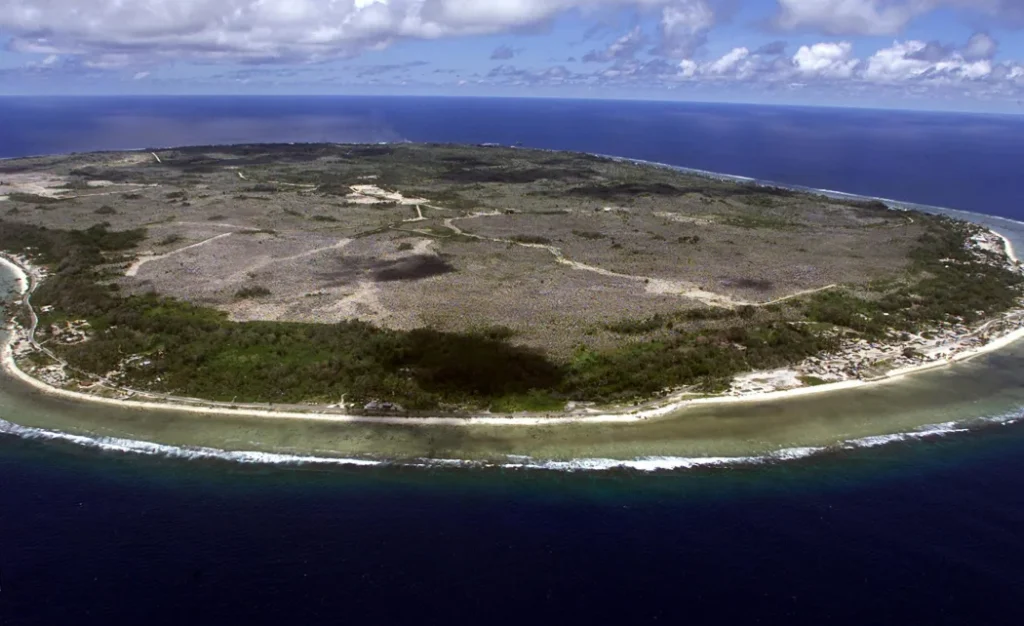
NRC Park offers a peaceful escape with a mix of natural beauty and recreational facilities. Lush greenery, walking trails, and open spaces create an inviting environment for relaxation and outdoor activities.
How to get there:
- Public Transport: Take a bus to Aiwo and then a short walk to the NRC Park.
- Private Transport: Taxis are available for a convenient journey.
Transportation Cost:
- Public Bus: Around $3 USD per person.
- Taxi: Approximately $10 to $15 USD, depending on negotiation.
Must-Do Activities:
- Relax in the serene surroundings of the park.
- Engage in outdoor sports and recreational activities.
Entrance Fee: None
5. Moqua Well
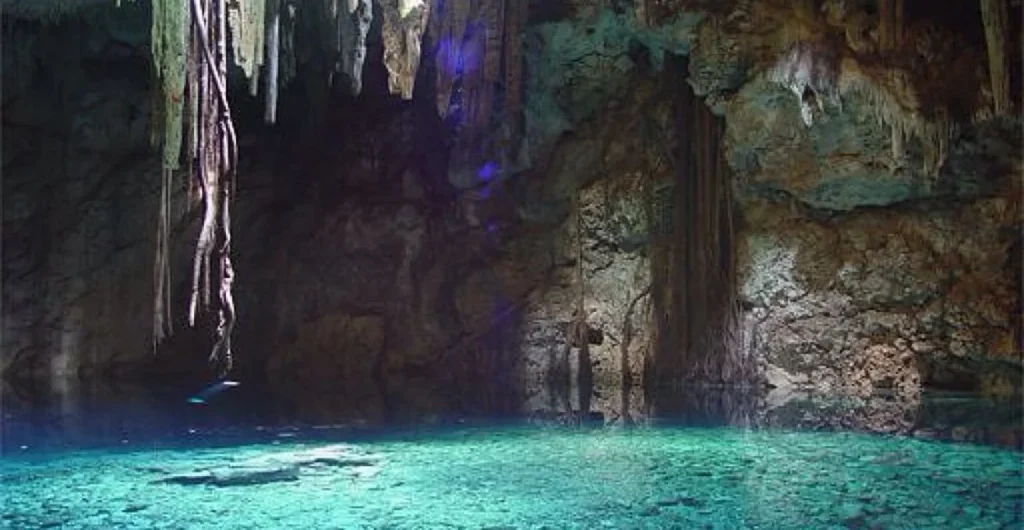
Moqua Well holds cultural significance as a traditional water source for the Nauruan people. Surrounded by lush greenery, it offers visitors a glimpse into the island’s history and cultural heritag
How to get there:
- Public Transport: Board a bus to Moqua Well from Yaren, a 25-minute journey.
- Private Transport: Taxis can be hired for a more personalized journey.
Transportation Cost:
- Public Bus: Approximately $3 USD per person.
- Taxi: Around $15 to $20 USD, depending on negotiation.
Must-Do Activities:
- Explore the cultural significance of the well.
- Enjoy a peaceful retreat in the natural surroundings.
Entrance Fee: None
Nauru’s Hidden Treasures: 5 Exclusive Local Gems Off the Beaten Path
1. Secret Pools of Anabar
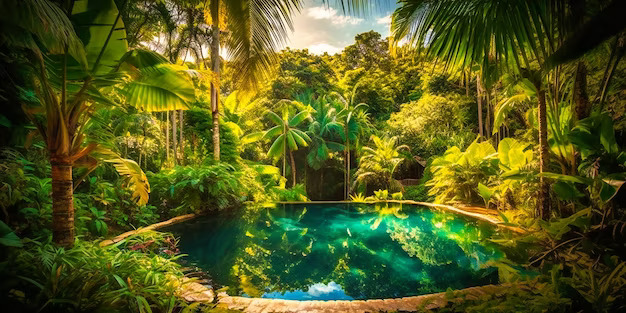
Nestled within the village of Anabar, these secret pools are natural formations hidden from the typical tourist trails. Surrounded by lush vegetation, the pools offer a refreshing escape and a chance to connect with nature in a serene setting.
How to get there:
- Public Transport: Take a bus from Yaren to Anabar. From the village, a short walk or local assistance will guide you to the secret pools.
- Private Transport: Taxis are available, offering a more direct and flexible journey.
Transportation Cost:
- Public Bus: Approximately $3 USD per person.
- Taxi: Around $15 to $20 USD, depending on negotiation.
Must-Do Activities:
- Take a dip in the secret pools.
- Enjoy a picnic amidst the natural surroundings.
- Interact with locals to learn more about the area.
Entrance Fee: None
2. Yaren’s Hidden Caves
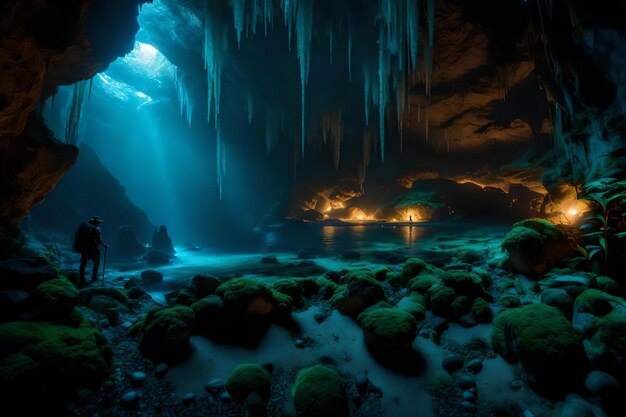
Tucked away from the typical tourist routes, Yaren’s hidden caves offer an intriguing exploration opportunity. These naturally formed caves carry historical and cultural significance for locals, making them an authentic and unexplored destination.
How to get there:
- Public Transport: Buses run to Yaren from various locations. From the Yaren center, local guidance is essential to reach the hidden caves.
- Private Transport: Taxis can take you directly to the caves.
Transportation Cost:
- Public Bus: Approximately $2 USD per person.
- Taxi: Around $10 to $15 USD, depending on negotiation.
Must-Do Activities:
- Explore the caves with a local guide.
- Learn about the cultural importance of the caves.
- Take part in any community activities happening around.
Entrance Fee: None
3. Coastal Gems of Meneng
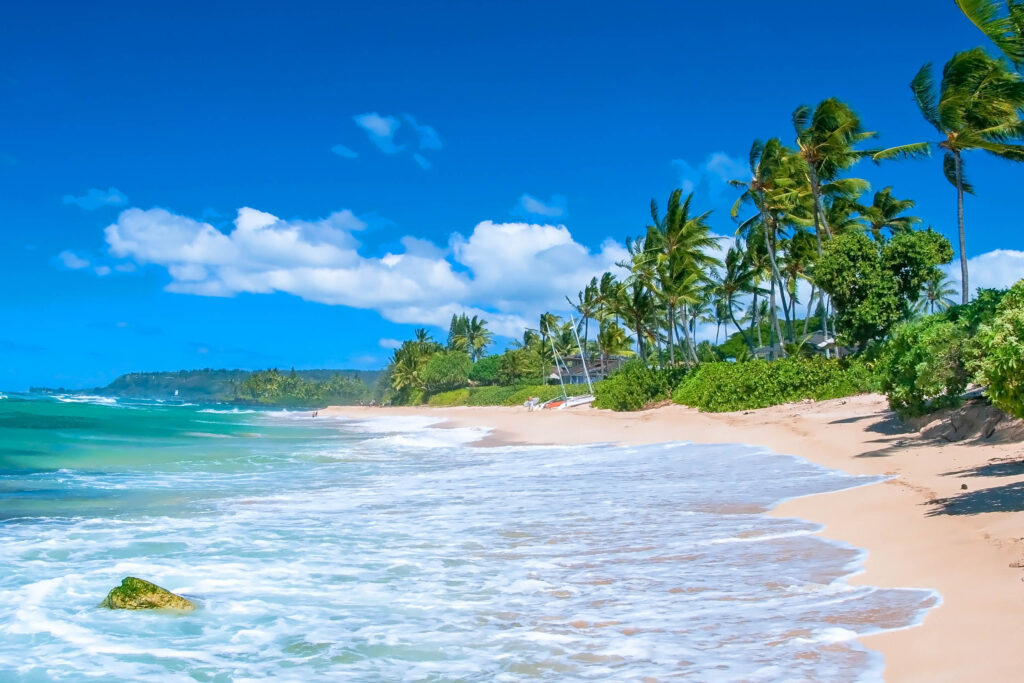
Meneng’s coastal gems are untouched stretches of beach that are not frequented by mainstream tourists. With pristine white sands and turquoise waters, these hidden spots provide a secluded escape for those seeking tranquility.
How to get there:
- Public Transport: Take a bus from Yaren to Meneng and then inquire locally about the lesser-known coastal spots.
- Private Transport: Taxis offer a personalized and convenient mode of travel.
Transportation Cost:
- Public Bus: Approximately $3 USD per person.
- Taxi: Around $15 to $20 USD, depending on negotiation.
Must-Do Activities:
- Relax on the untouched beaches.
- Snorkel in the clear waters.
- Engage with the local fishing community.
Entrance Fee: None
4. Boe Declaration Park
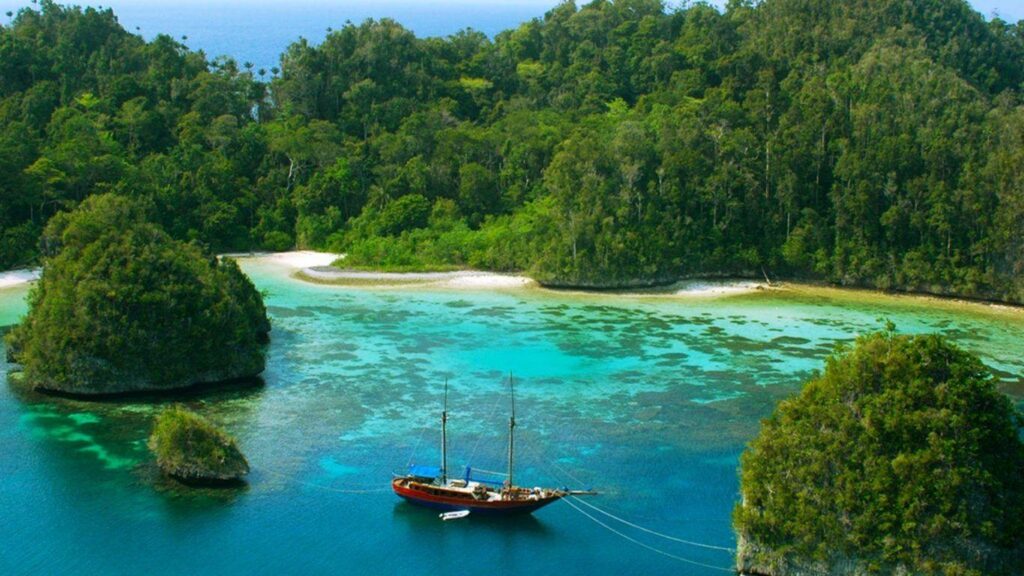
Boe Declaration Park is a quiet, green space hidden within the interior of the island. This park provides a peaceful retreat for both locals and those lucky enough to discover it. The park features walking paths, benches, and a serene atmosphere.
How to get there:
- Public Transport: Buses connect Yaren to Boe Declaration Park, with a short walk required from the nearest stop.
- Private Transport: Taxis offer direct access to the park.
Transportation Cost:
- Public Bus: Approximately $2 USD per person.
- Taxi: Around $10 to $15 USD, depending on negotiation.
Must-Do Activities:
- Take a leisurely stroll in the park.
- Enjoy a picnic surrounded by nature.
- Connect with locals engaging in recreational activities.
Entrance Fee: None
5. Ubenide Lookout
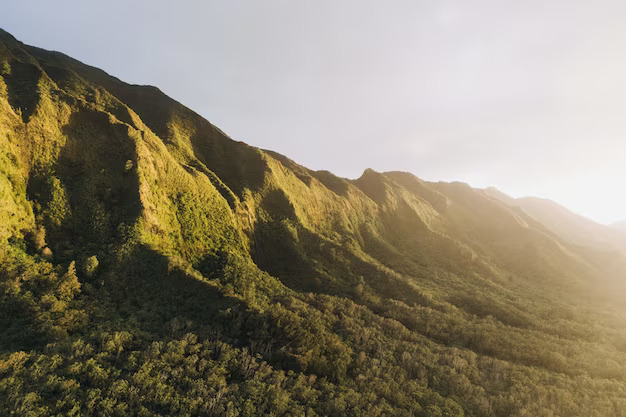
Ubenide Lookout is a vantage point that provides stunning panoramic views of the island. While not well-known among tourists, locals cherish this spot for its breathtaking vistas, making it an undiscovered gem.
How to get there:
- Public Transport: Buses run to Ubenide from Yaren, and a short hike may be required from the drop-off point.
- Private Transport: Taxis can take you directly to the lookout.
Transportation Cost:
- Public Bus: Approximately $3 USD per person.
- Taxi: Around $15 to $20 USD, depending on negotiation.
Must-Do Activities:
- Take in the panoramic views.
- Capture stunning photographs of the island.
- Engage in conversations with locals who frequent the lookout.
Entrance Fee: None
Travel Tip for Budget Travelers:
For budget-conscious travelers, public transportation is the most cost-effective option. Public buses are affordable and connect major destinations on the island. However, for those seeking more flexibility and convenience, negotiating a shared taxi fare can be a viable alternative. It’s essential to communicate with local drivers for the best rates, ensuring a budget-friendly travel experience
Transport: How to get there and roam around?
Nauru beckons budget backpackers with its untouched beauty and unique way of life. In this guide, we’ll not only unravel the intricacies of everyday transportation for locals but also chart a traveler’s course to Nauru and navigate the island’s modes of transport, costs, quality of travel, and potential challenges.
Getting to Nauru:
Best Route for Travelers: The most common way to reach Nauru is by air. The Nauru International Airport is served by flights from Brisbane, Australia. Airlines like Nauru Airlines and other regional carriers operate regular flights. Flights often include layovers in Fiji or other Pacific islands.
Mode of Transport to Nauru:
- Air Travel:
- Cost: Prices for flights to Nauru vary but can range from $500 to $1,500 USD depending on the departure location, time of booking, and other factors.
- Quality of Travel: Flights to Nauru provide a comfortable experience, and the views of the Pacific Ocean during landing are breathtaking.
Modes of Transport in Nauru:
- Public Buses:
- Cost: Public buses in Nauru are incredibly budget-friendly, charging around $2 to $3 USD for both locals and tourists.
- Quality of Travel: While basic, public buses provide an authentic experience, allowing travelers to interact with locals and immerse themselves in the daily rhythm of Nauruan life.
- Taxis:
- Cost: Taxis are more expensive, ranging from $10 to $20 USD. However, sharing the fare with other passengers can significantly reduce costs.
- Quality of Travel: Taxis offer a more private and comfortable experience, allowing for a direct journey to your destination.
- Walking:
- Cost: Walking is, of course, free and provides an opportunity to explore Nauru at a leisurely pace.
- Quality of Travel: Walking offers a unique chance to connect with the island’s landscapes, providing an intimate experience with the surroundings.
Challenges and Considerations:
- Limited Scheduling:
- Public buses in Nauru operate on limited schedules, so travelers need to plan their journeys accordingly to avoid long waits.
- Negotiating Taxi Fares:
- Negotiating taxi fares can be challenging, especially for newcomers. Establishing rates before the journey is advisable to avoid misunderstandings.
- Climate Challenges:
- Nauru’s tropical climate can be intense, making walking or waiting for public transport under the sun uncomfortable. Travelers should plan activities during cooler times and stay hydrated.
- Communication Hurdles:
- For non-English speakers, communication with local drivers or understanding bus schedules may pose difficulties. Basic English or seeking assistance from locals can be helpful.
Everyday Commutes for Locals:
Nauruans predominantly use public buses, shared taxis, and walking for their daily commutes. The reliance on these modes of transport reflects the close-knit community, where everyone seems to know each other, fostering a sense of unity.
Exploring Nauru on a Budget:
1. Visa Process and Restrictions:
Visa Process:
Obtaining a visa for Nauru is relatively straightforward. Travelers can apply through the Nauru Consulate or Embassy in their home country. Visa processing times vary, so it’s advisable to apply well in advance of your planned trip.
Specialty of Passports:
Nauru welcomes travelers from various countries. However, it’s crucial to check the specific entry requirements for your nationality. Ensure your passport is valid for at least six months beyond your planned departure from Nauru.
2. Things We Shouldn’t Do:
- Respect Local Customs: Avoid disrespectful behavior or clothing, especially around cultural or religious sites.
- Environmental Sensitivity: Nauru is environmentally conscious, and littering is frowned upon. Be mindful of your waste and dispose of it properly.
- Photography Etiquette: Always seek permission before taking photos, especially of locals. Some may prefer not to be photographed.
3. Currency and Money-Saving Tips:
Currency:
The currency in Nauru is the Australian Dollar (AUD).
Money-Saving Tips:
- Local Markets: Purchase fruits, snacks, and souvenirs at local markets for a more budget-friendly experience.
- Water Refill Stations: Carry a reusable water bottle and refill it at water stations to save on buying bottled water.
4. Budget Accommodations:
Locations to Stay on Budget:
- Yaren: The capital, Yaren, has budget accommodations offering a mix of guesthouses and small hotels.
- Anibare: The coastal village of Anibare has affordable lodging options, providing a tranquil atmosphere.
5. Local SIM Provider and Best Plan:
Local SIM Provider:
Digicel is a prominent telecom provider in Nauru.
Best Plan for Tourists and Costs:
Digicel offers prepaid SIM cards with data plans. A basic plan with data suitable for tourists may cost around $15 to $20 USD.
6. Basic Words in Local Language:
- Hello: Kam na Mauri
- Thank You: Kam a’am
- Goodbye: Amene
- Yes: Ewa
- No: Ai
Learning a few basic phrases in the local language, Nauruan, can go a long way in fostering positive interactions with locals.
7. Local Cuisine and Must-Try Foods:
Must-Try Foods:
- Palusami: Taro leaves wrapped in coconut cream.
- Coconut Crab: A local delicacy, known as the world’s largest land crab.
- Banana Poke: Mashed bananas with coconut cream.
Costs:
- Local street food can range from $2 to $10 USD, depending on the item and location.
Wanderer’s Word
As I reluctantly bid farewell to Nauru, I’m overwhelmed with gratitude for the myriad experiences that have colored my journey. Nauru, with its unspoiled landscapes and welcoming community, has been a revelation. From the breathtaking beauty of Anibare Bay to the historical echoes at Command Ridge, every moment felt like a discovery. Challenges in navigating local transport or deciphering cultural nuances became the threads weaving a tapestry of genuine connections. As I reflect on the vibrant markets, the tantalizing taste of local cuisine, and the echoes of Nauruan conversations, I realize that this journey was not just about exploring a destination but immersing myself in a culture of resilience and simplicity. With the plane ascending and Nauru’s shores fading into the distance, I carry back not just memories but a profound appreciation for the authentic charm of this Pacific gem. Until our paths cross again, Nauru, vinaka vakalevu for the memories etched in my heart.
"Kamei akea na kairao tarawa.- The sea is large and the fish are many."
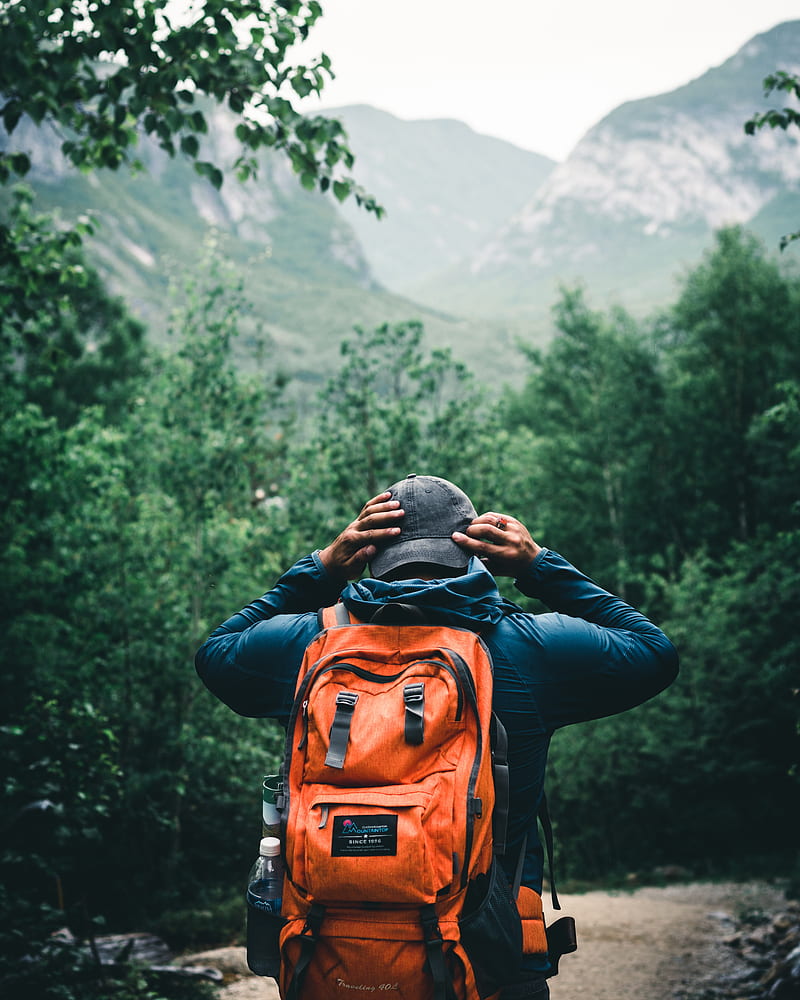
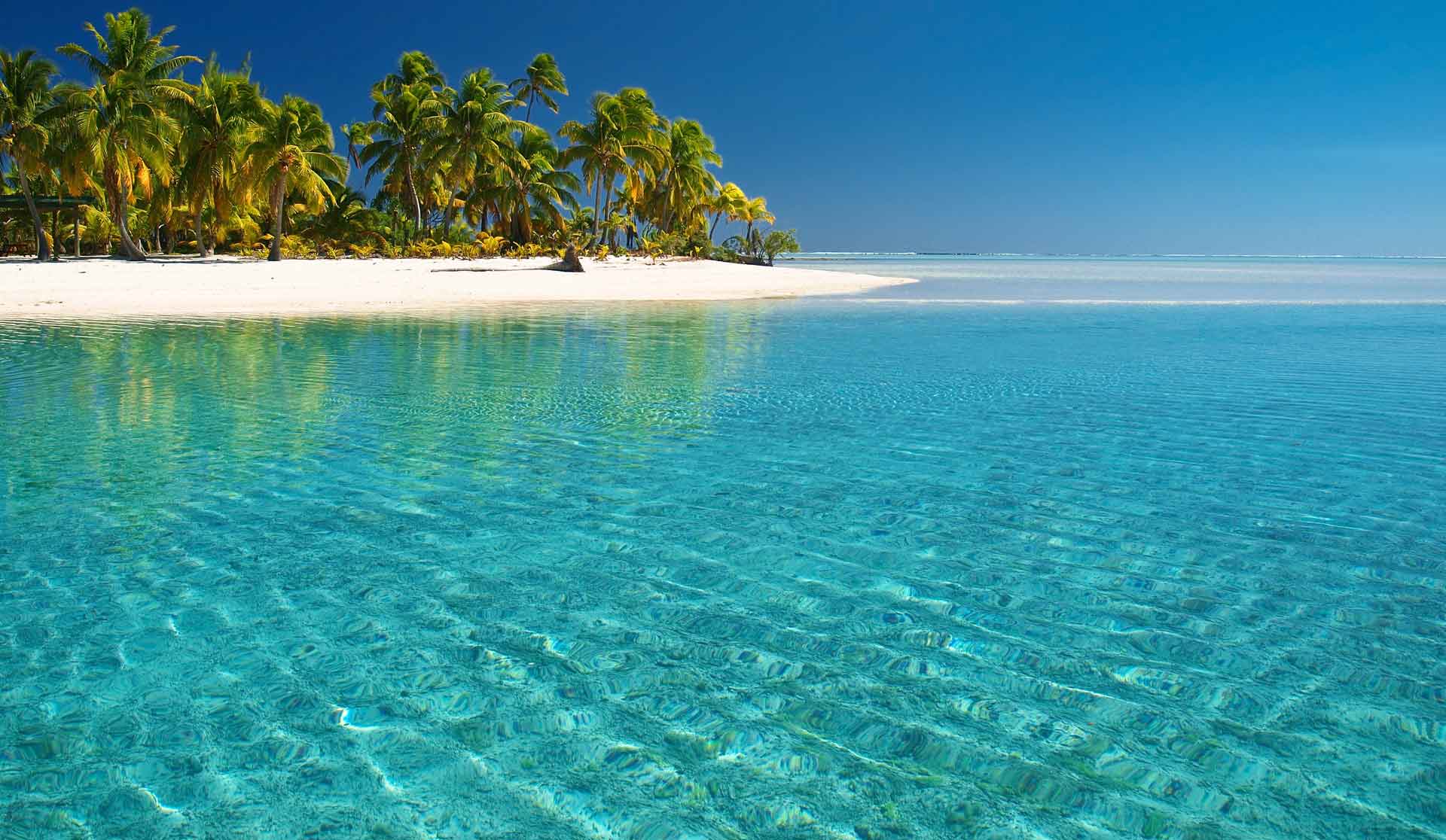
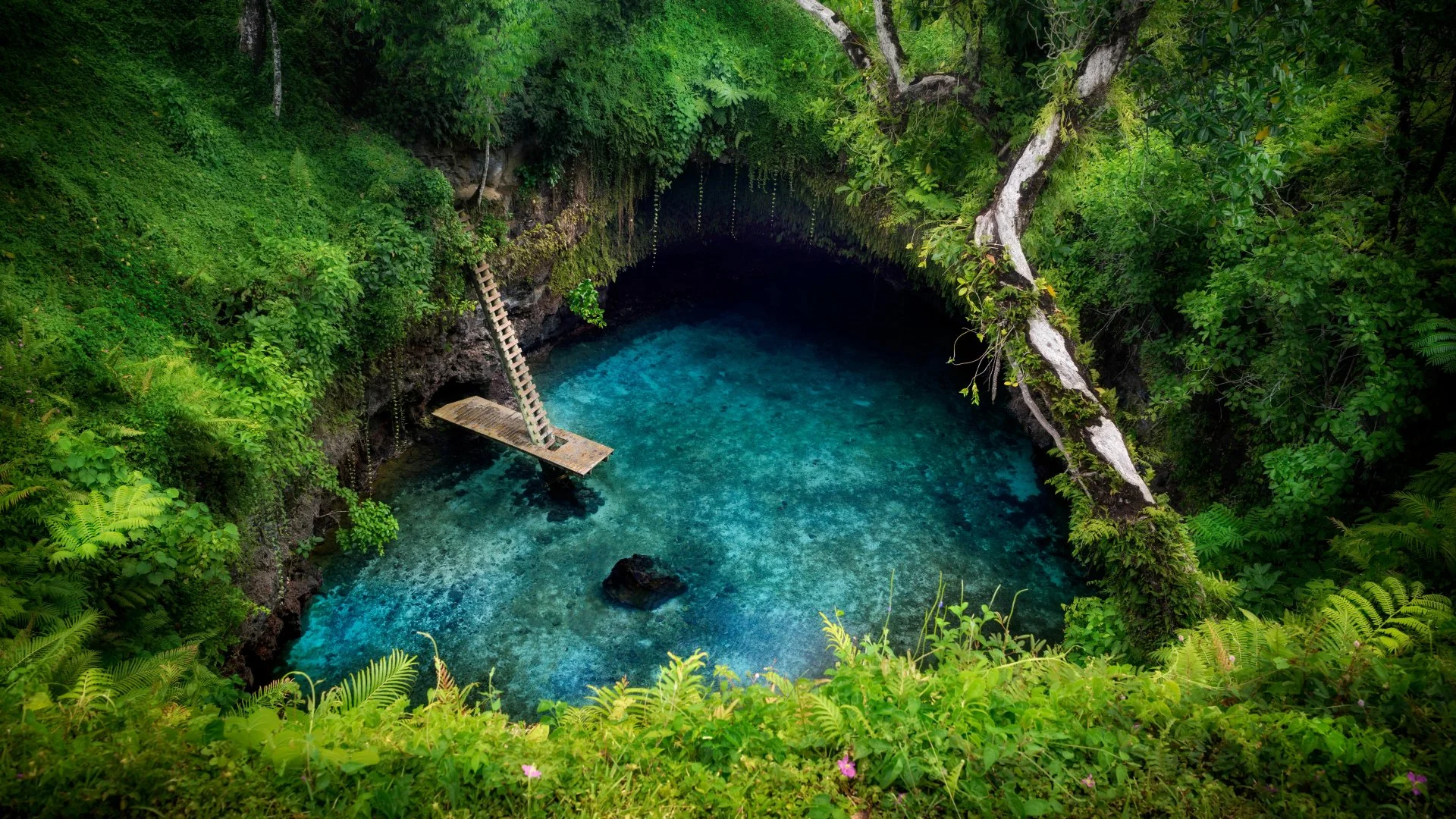
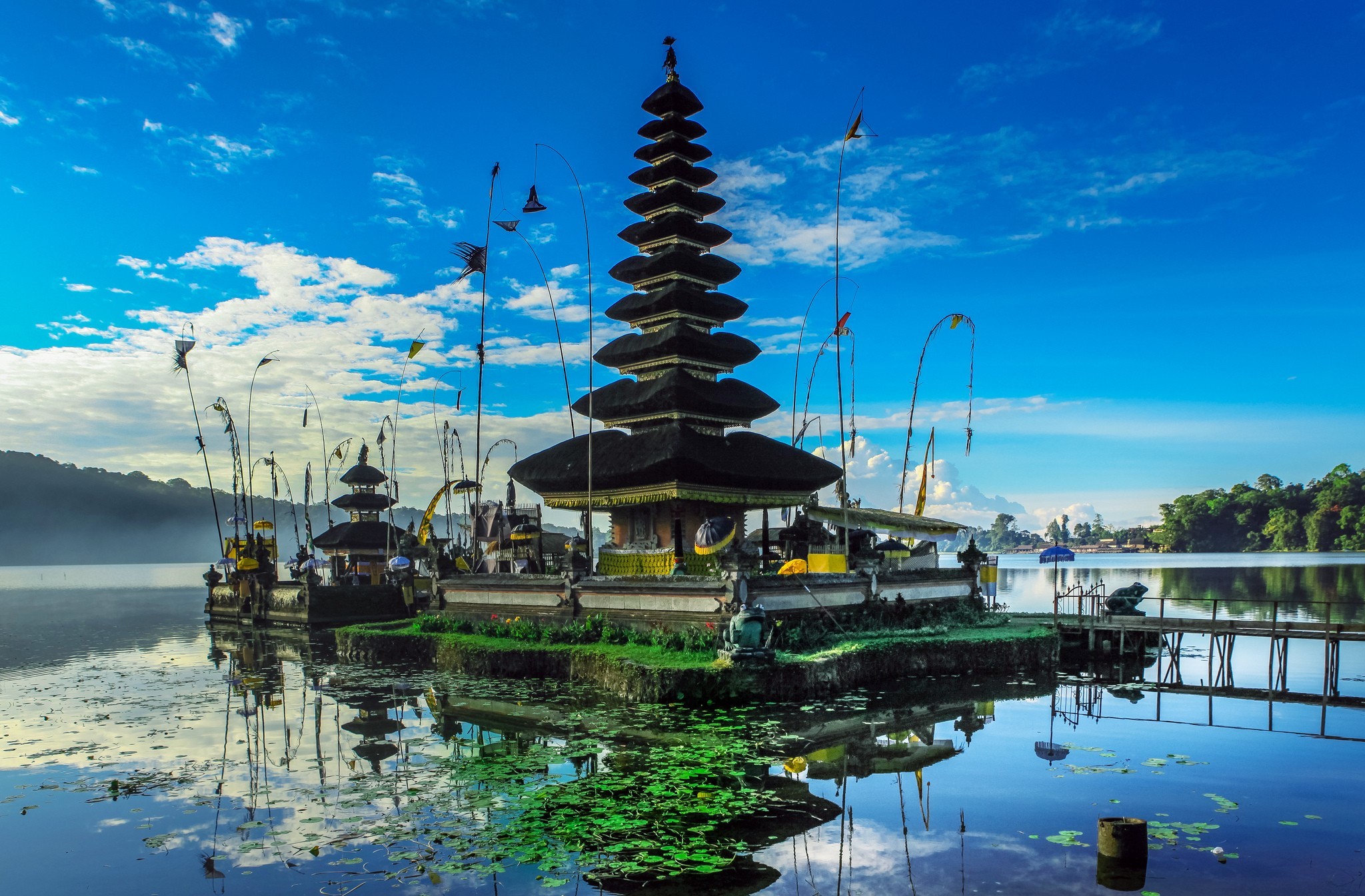
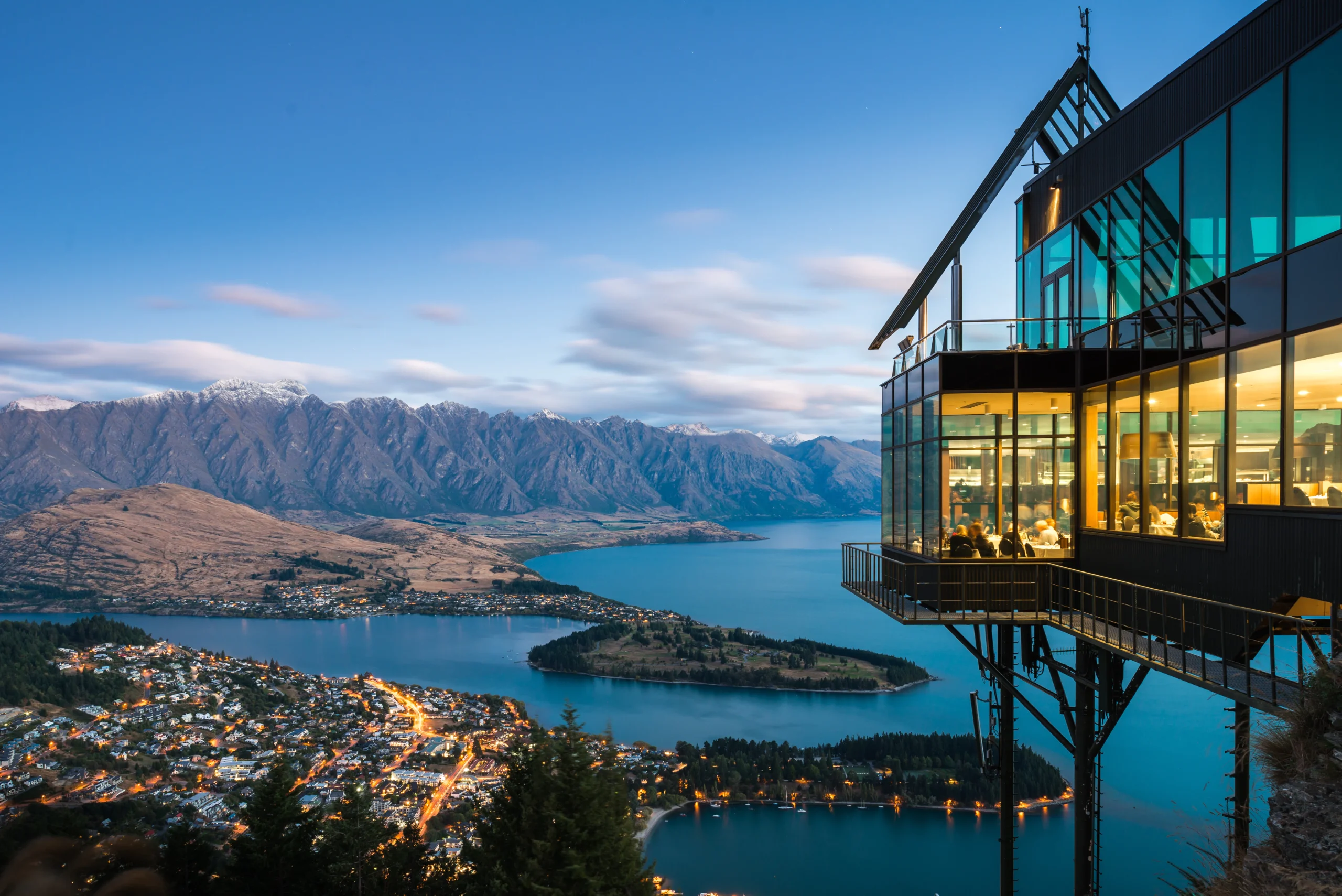
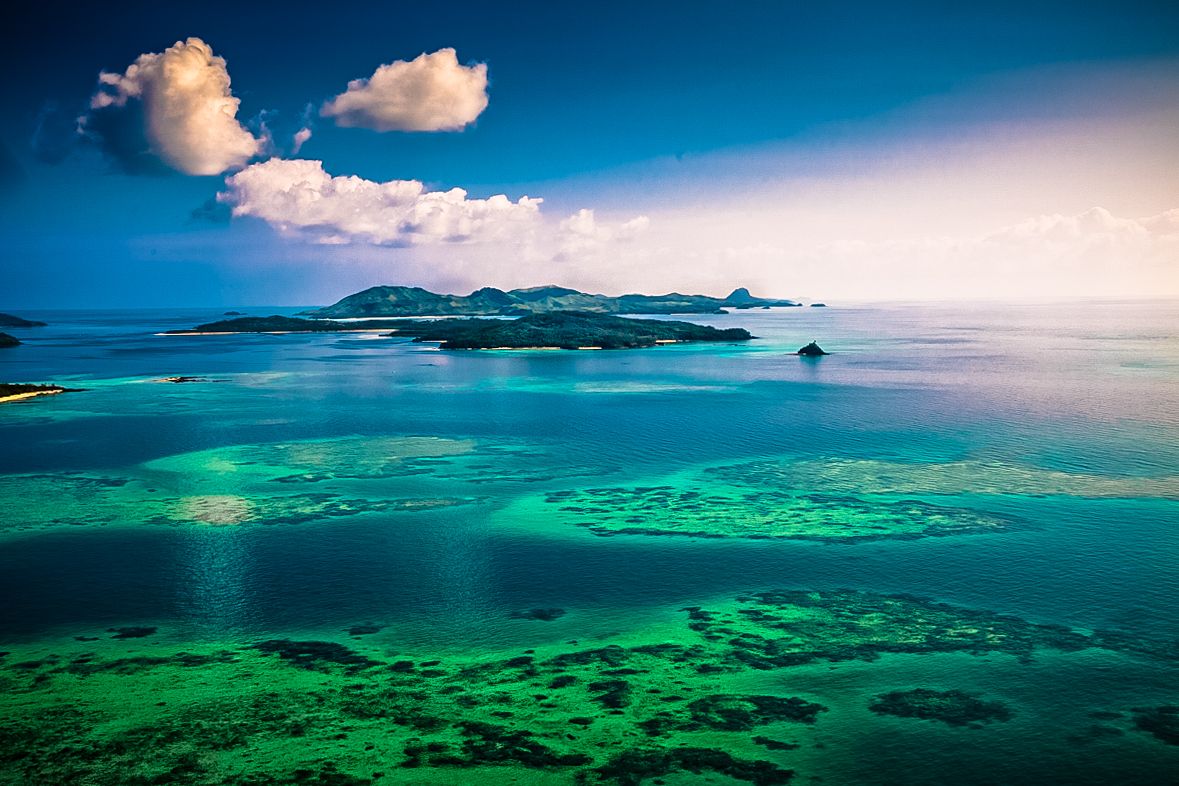
I do not even know how I ended up here, but I thought this post was great.
I don’t know who you are but definitely you’re going to a famous blogger if you aren’t already
😉 Cheers!